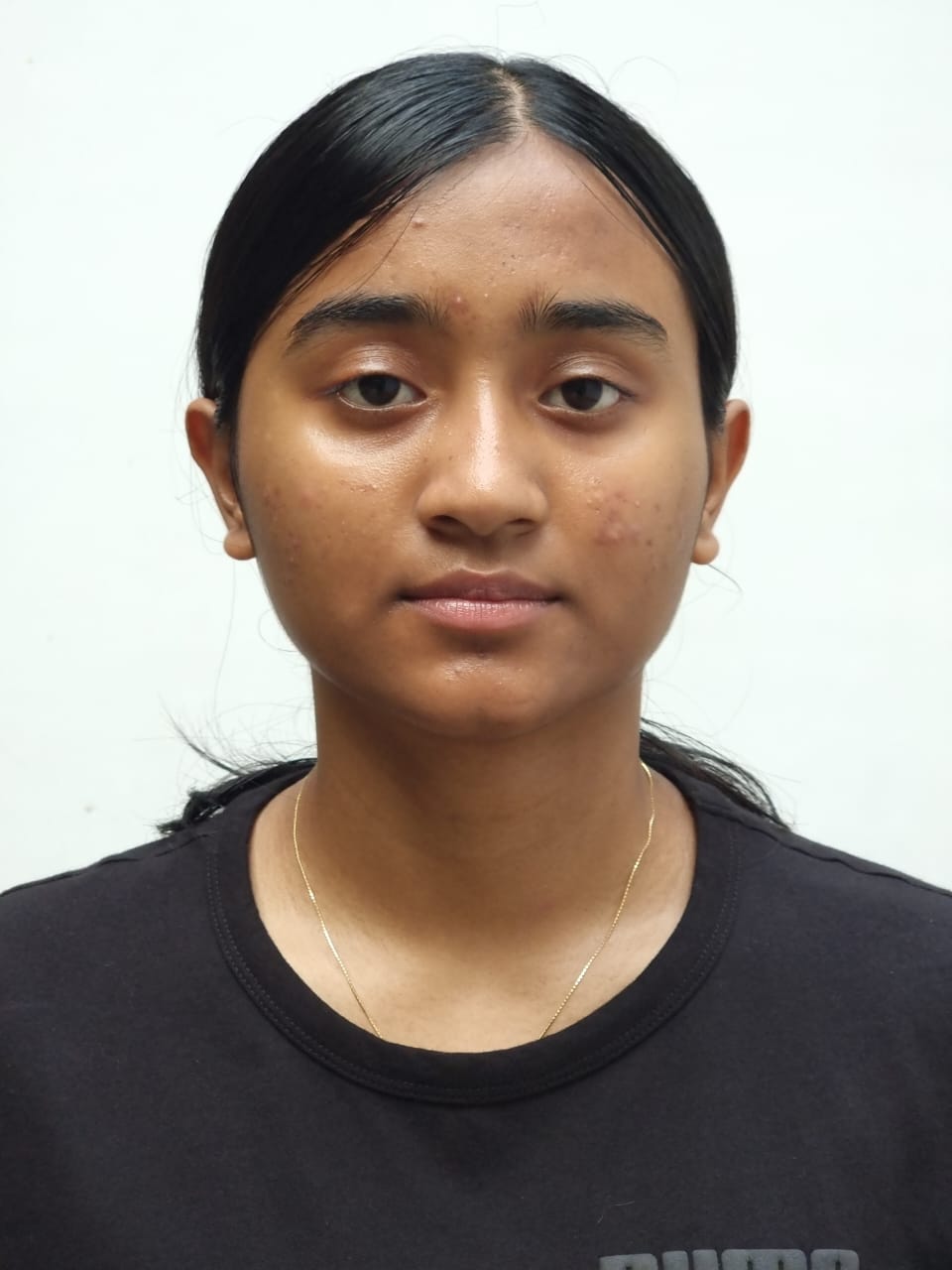“We have to adopt a wider perspective, and always find common things between the people of north, east, south, and west. Conflict comes from the basis of differences.” ~ Dalai Lama
Northeast India is home to more than 200 tribes, making it one of the most diverse regions of India, providing people with a diverse culture to look forward to. India is known to be one of the world’s most diverse countries and thus should be accepting people who embrace diversity, but sadly, that is not the case. For instance, the case of NidoTaniam. He was a student from Arunachal Pradesh who was brutally murdered in New Delhi. He was mocked over his appearance, ethnic origin and his accent. His death caused a massive protest in Northeast India, mainly because Nido was a son of Arunachal Pradesh’s congress legislator. Just like Nido, there are several other northeastern who have been subjected to such brutality even though they come from such a beautiful place and have so much to offer to the people of India; instead of being loved and accepted, they are often called racial slurs like- “chicky”, “ching- chong”, “Chinese” and many more, just because they look different from the so-called “typical Indian look.”
This study will focus on such victims who have faced the brutality of racism and how it affects the mindset of older people and, especially, the younger generation. These victims have broken away from racial discrimination and the importance of the diversity of the tribes in northeastern India.
The hypothesis of this research is,Northeasterners are discriminated against due to their mongoloid features, a different accent, and the cultural and ethnic differences. This discrimination faced by the northeastern led them to have physiological and significant emotional effects. However, many northeasterns have come out to become very successful and have resisted discrimination. Individuals like these are an inspiration to society, especially to the younger generation.
This research paper aims to prove how the diversity of northeast India is not different but a part of India’s culture and how it represents India’s beauty. This research will also cover the effectiveness of the existing racial laws in India. It is integral to acknowledge that the culture of northeastern people is recognised, simultaneously ending the brutality, violence, and discrimination they face. The main objective of this research is to change the mindset in the mainstream.


